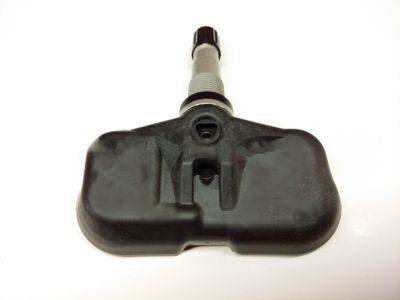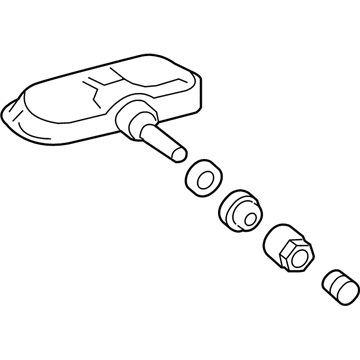×
ToyotaParts- Hello
- Login or Register
- Quick Links
- Live Chat
- Track Order
- Parts Availability
- RMA
- Help Center
- Contact Us
- Shop for
- Toyota Parts
- Scion Parts
My Garage
My Account
Cart
OEM 2009 Toyota Venza TPMS Sensor
Tire Pressure Monitoring System Sensor- Select Vehicle by Model
- Select Vehicle by VIN
Select Vehicle by Model
orMake
Model
Year
Select Vehicle by VIN
For the most accurate results, select vehicle by your VIN (Vehicle Identification Number).
1 TPMS Sensor found

2009 Toyota Venza TPMS Sensor
Part Number: 42607-06012$59.42 MSRP: $82.70You Save: $23.28 (29%)Ships in 1-3 Business DaysProduct Specifications- Other Name: Valve Sub-Assembly, Tire; Tire Pressure Monitoring System Sensor; TPMS Sensor Service Kit; Tire Pressure Sensor; Tire Sensor; Pressure Sensor; Sensor
- Replaces: 42607-06011, 42607-AD020, 42607-06010, 42607-02010, 42607-0C020
- Condition: New
- SKU: 42607-06012
- Warranty: This genuine part is guaranteed by Toyota's factory warranty.
2009 Toyota Venza TPMS Sensor
Looking for affordable OEM 2009 Toyota Venza TPMS Sensor? Explore our comprehensive catalogue of genuine 2009 Toyota Venza TPMS Sensor. All our parts are covered by the manufacturer's warranty. Plus, our straightforward return policy and speedy delivery service ensure an unparalleled shopping experience. We look forward to your visit!
2009 Toyota Venza TPMS Sensor Parts Q&A
- Q: How should the TPMS Sensor and transmitter be disposed of properly on 2009 Toyota Venza?A: Tire pressure warning valve and transmitter equipped with a lithium battery requires proper disposal by first removing the back cover with a screwdriver tip and subsequently cutting both battery terminal connections from the base board while remembering silicone covers both components.













